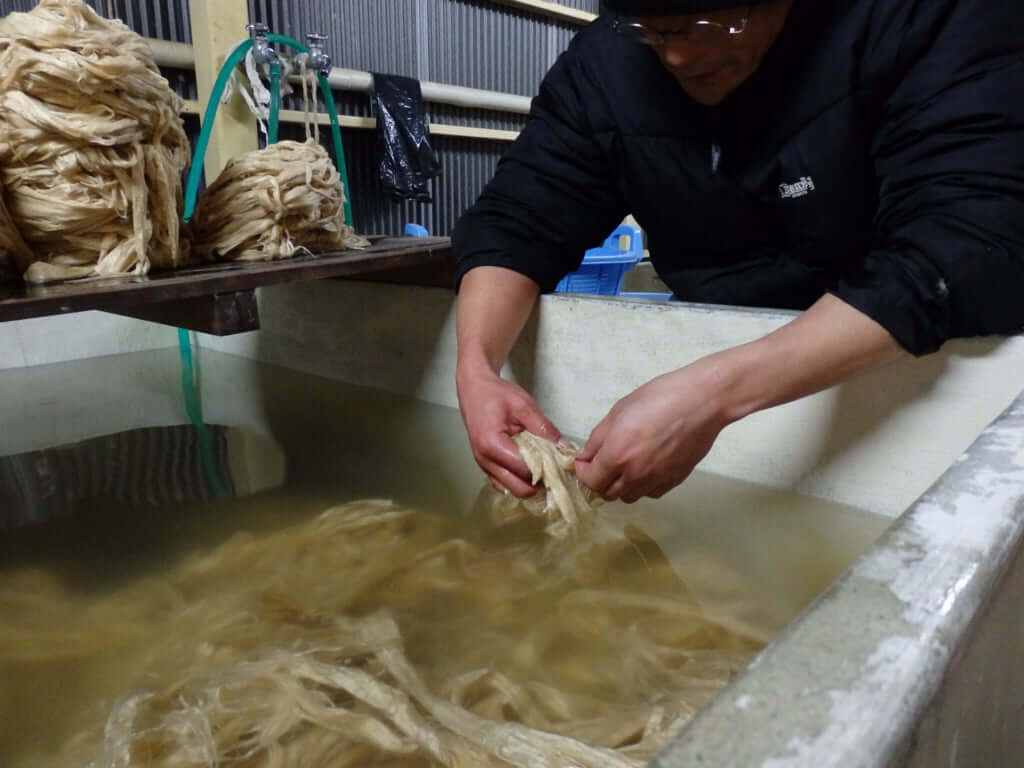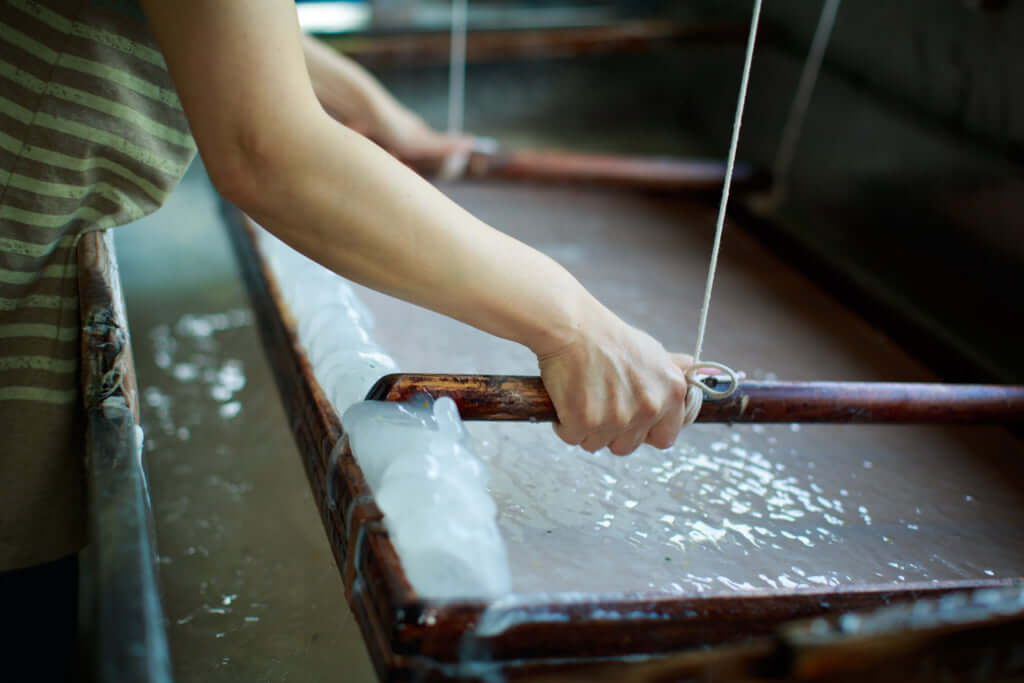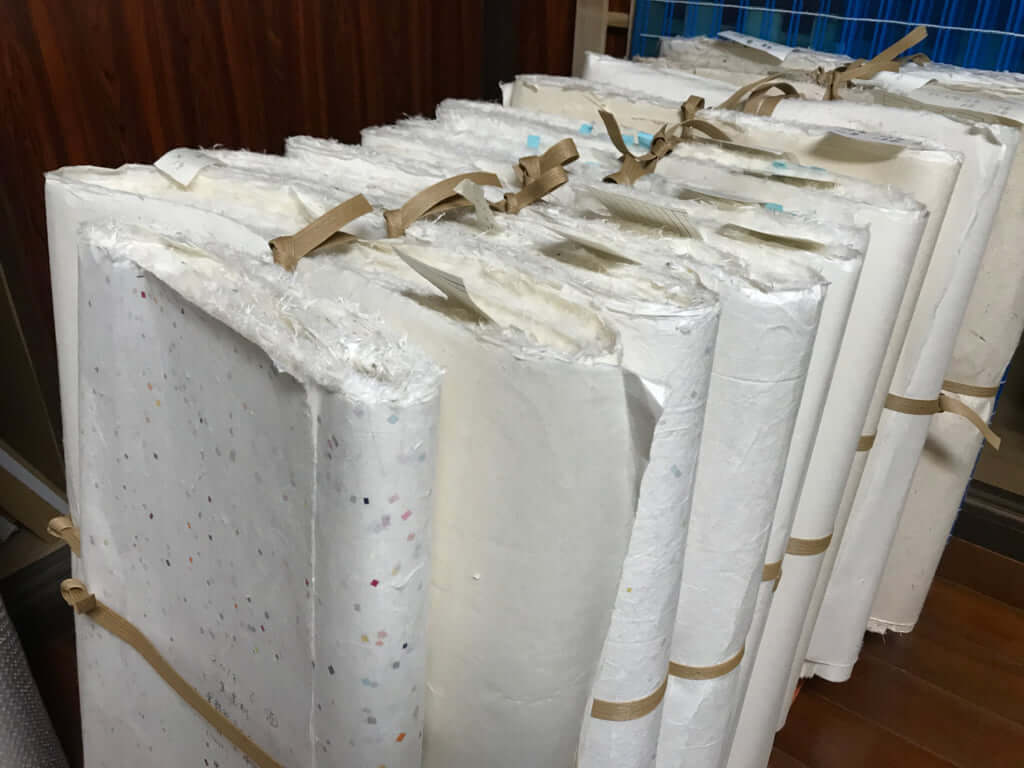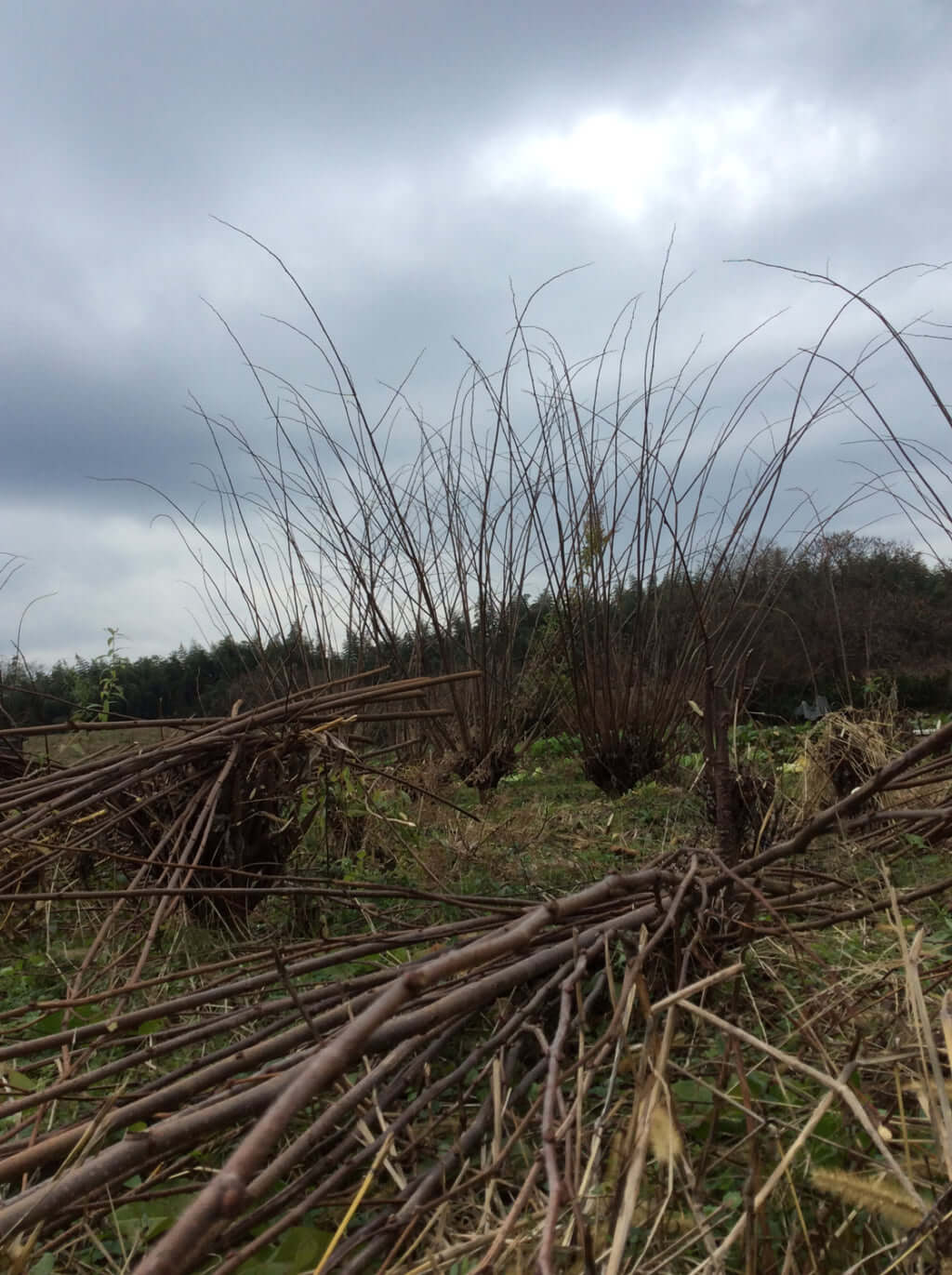Kurotani, the Home of Washi Paper
Situated in the south-east of Kyoto prefecture, the village of Kutorani is still one of the leading producers of washi paper internationally.

Courtesy of Kurotaniwashi washi Cooperative Association
A kind of traditional Japanese paper known for its quality, delicacy and resistance, washi paper has its noble origins in the village of Kurotani, where this unique craft has been honed and developed since 1593. While the production of washi paper originates from China, the manual manufacturing technique was brought to Japan by Buddhist monks in around 610. Initially used for the writing of sacred sutras, washi paper was soon used not only as stationery, but also to decorate sliding doors, handbags and sometimes even clothing. In its glory days, entire towns made their living from its manufacture, like Kurotani.
Situated in the south-east of Kyoto prefecture, the village remains one of the leading producers of washi paper internationally. Its history dates back to 1593, when the surviving soldiers of the defeated Heike clan settled in the valley. The rice harvest earnt them some money in the summer, while the winter months were dedicated to the production of paper. Thanks to its climate and soil, the region was perfect for the cultivation of the kozo, the Japanese mulberry tree, an essential component in the manufacture of washi paper. Demand began to wane in the mid-1950s as artisans were unable to compete with the success of mass-produced, lower quality paper. Today, only around ten artisan families remain. They offer tourists the opportunity to visit their studios to discover the subtleties of the production of this ancestral material.

Courtesy of Kurotaniwashi washi Cooperative Association

Courtesy of Kurotaniwashi washi Cooperative Association

Courtesy of Kurotaniwashi washi Cooperative Association
TRENDING
-
A House from the Taisho Era Reveals Its Secrets
While visiting an abandoned building, Hamish Campbell discovered photographs the owner had taken of the place in the 1920s.

-
The Taboo-Breaking Erotica of Toshio Saeki
The master of the 1970s Japanese avant-garde reimagined his most iconic artworks for a limited box set with silkscreen artist Fumie Taniyama.

-
With Meisa Fujishiro, Tokyo's Nudes Stand Tall
In the series 'Sketches of Tokyo', the photographer revisits the genre by bringing it face to face with the capital's architecture.

-
Masahisa Fukase's Family Portraits
In his series ‘Family’, the photographer compiles surprising photos in which he questions death, the inescapable.

-
Hajime Sorayama's Futuristic Eroticism
The illustrator is the pioneer for a form of hyperrealism that combines sensuality and technology and depicts sexualised robots.





